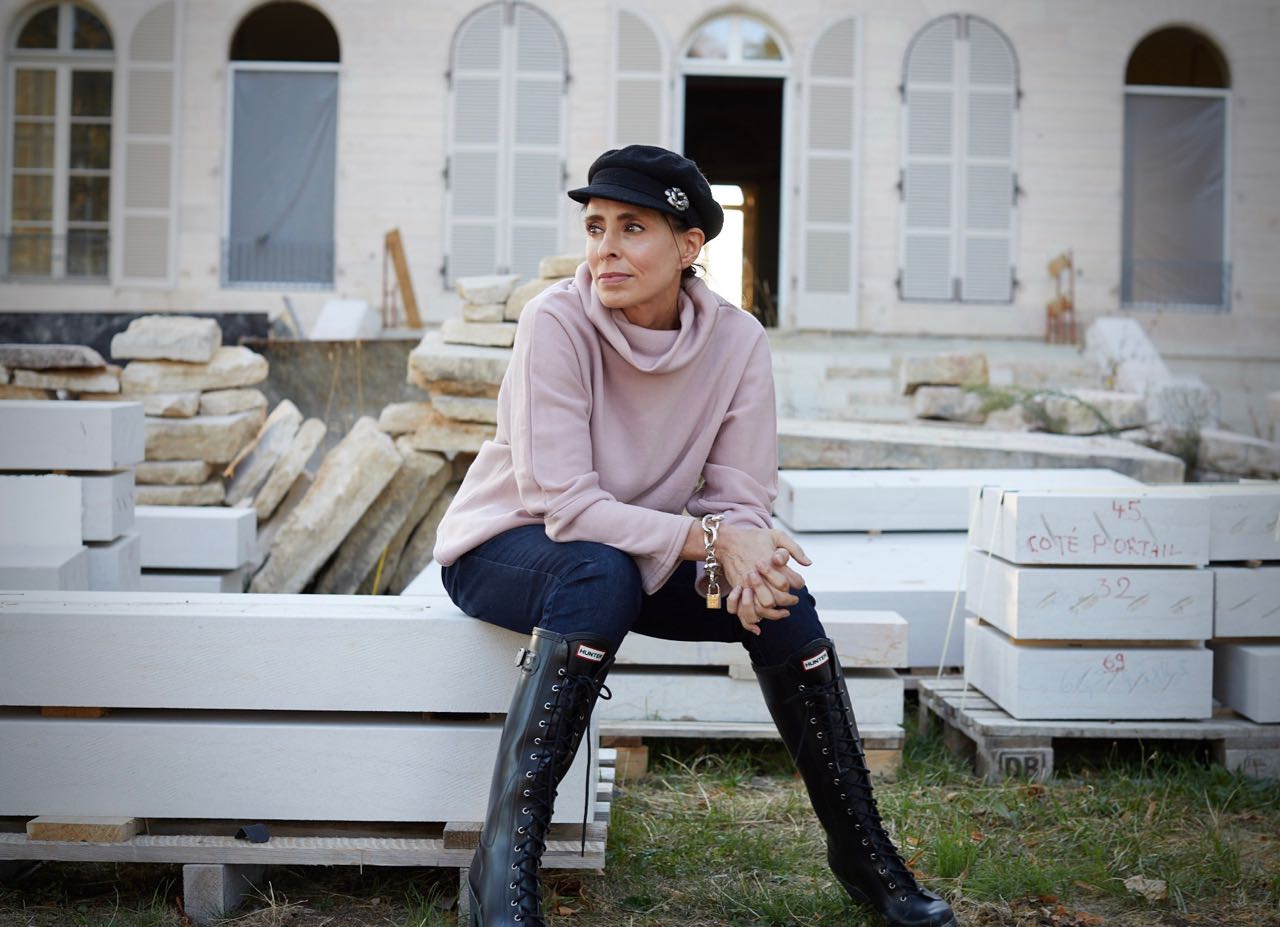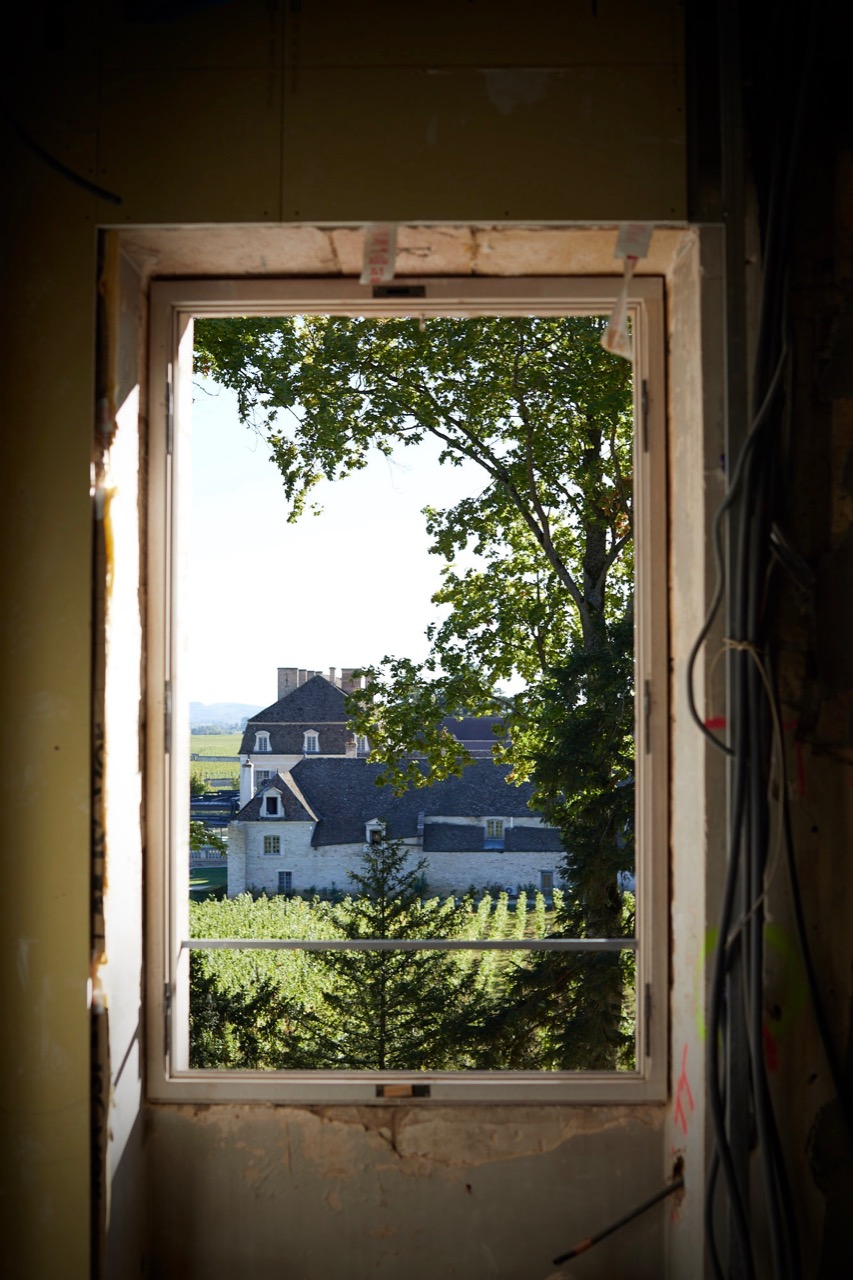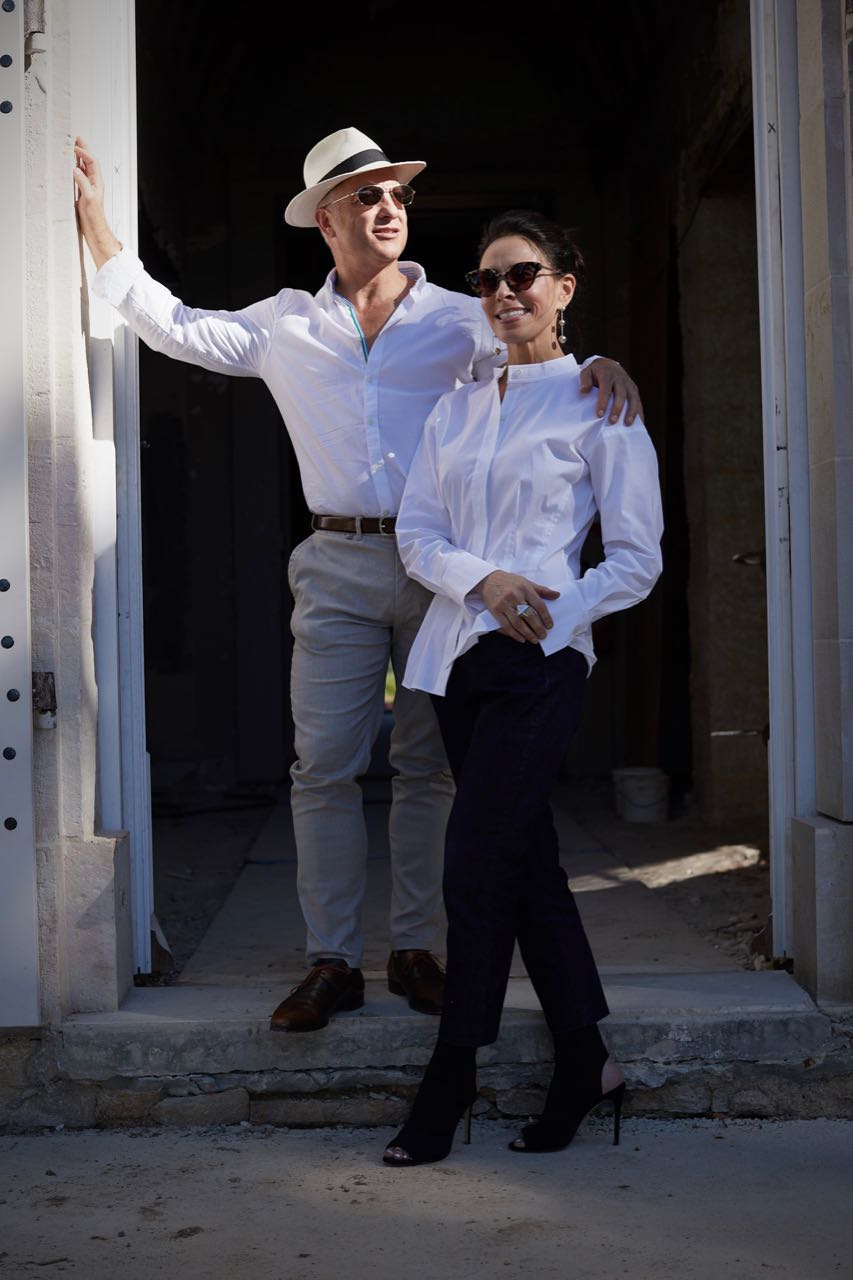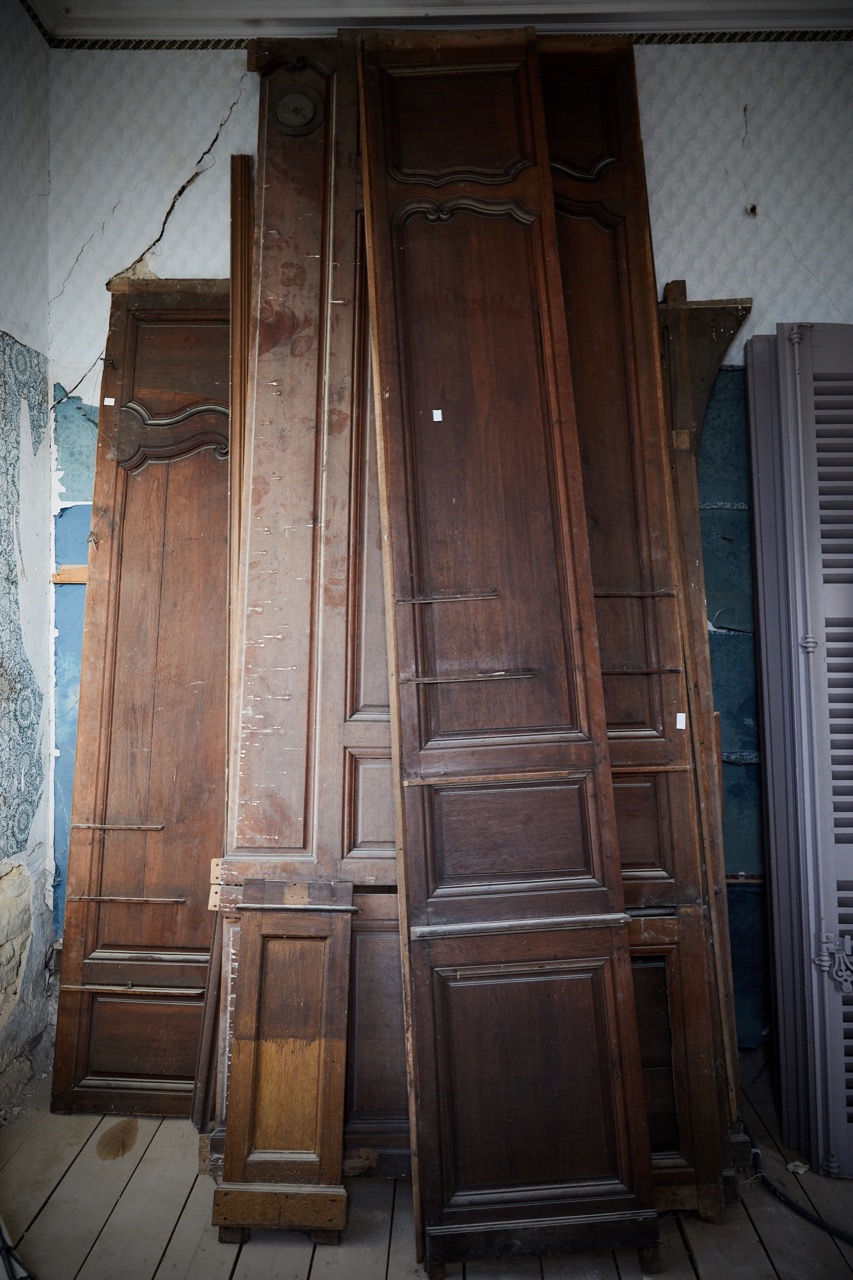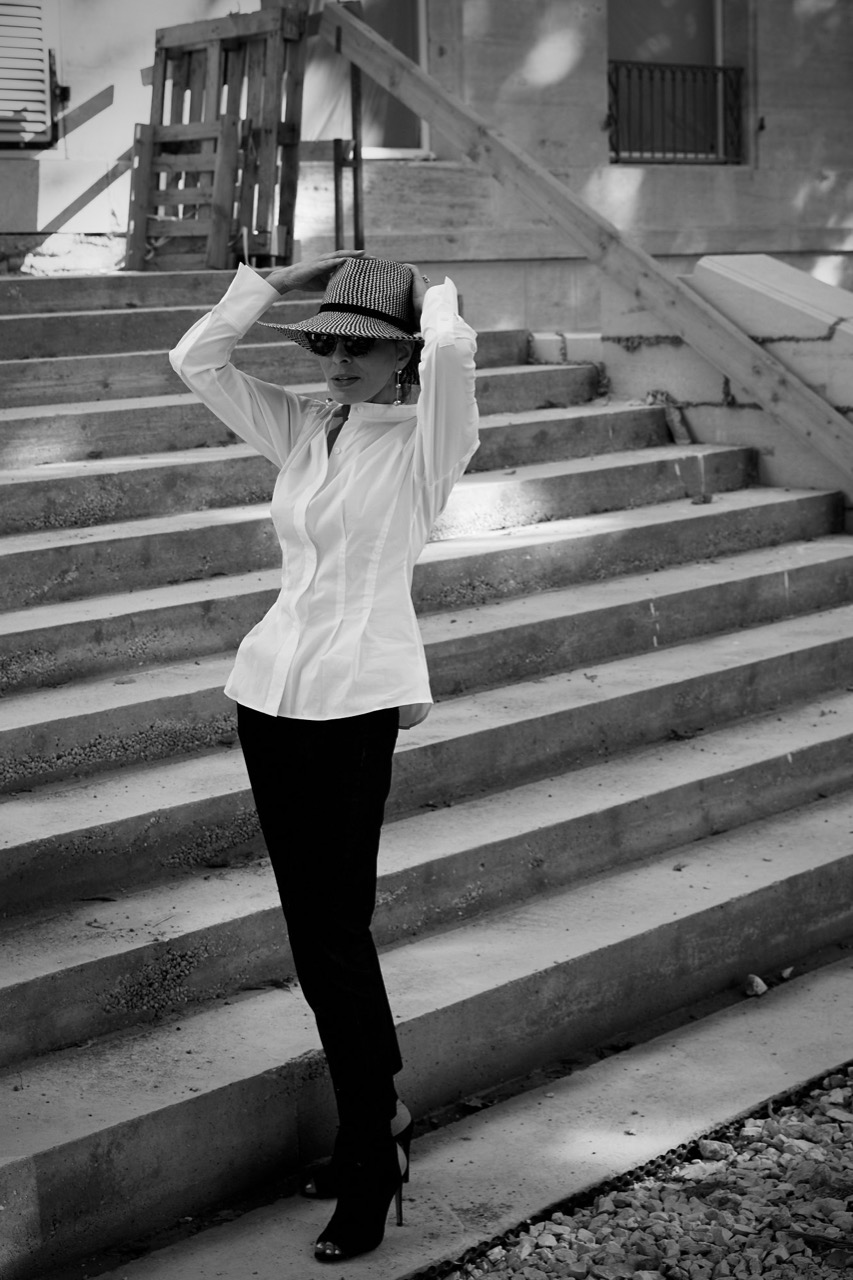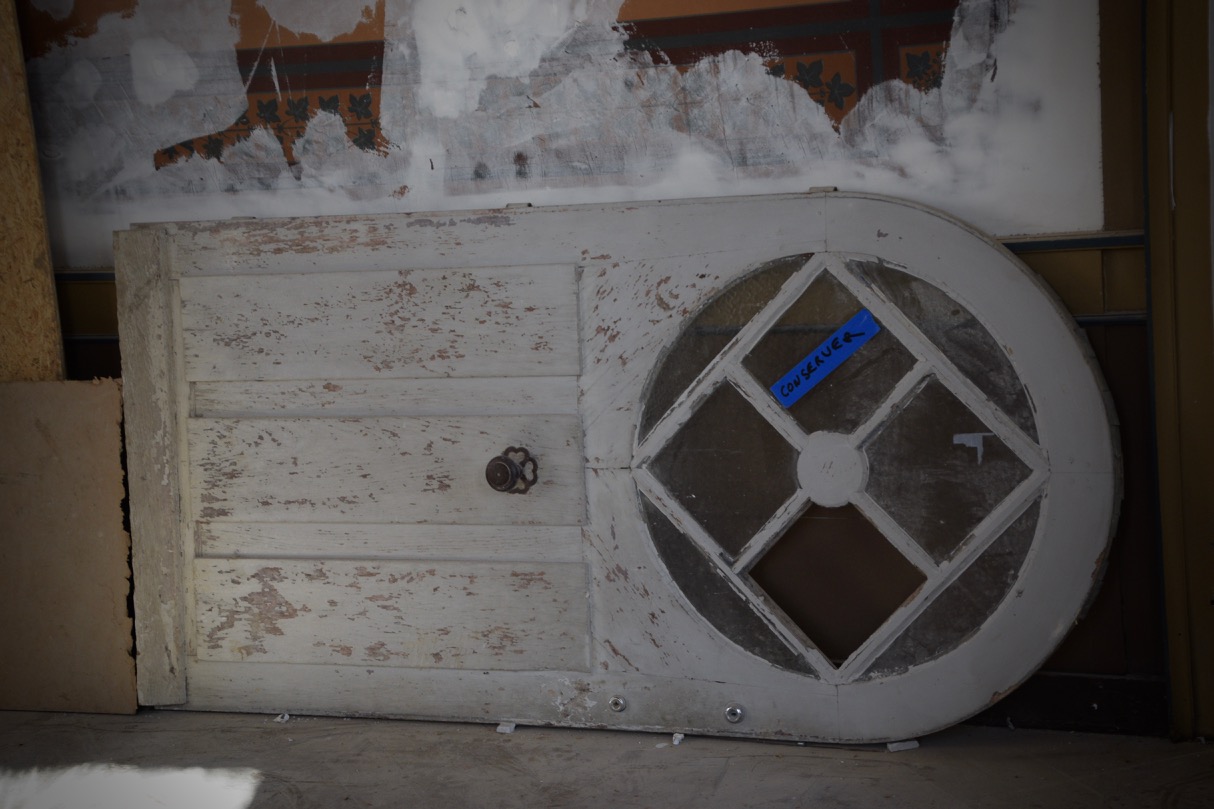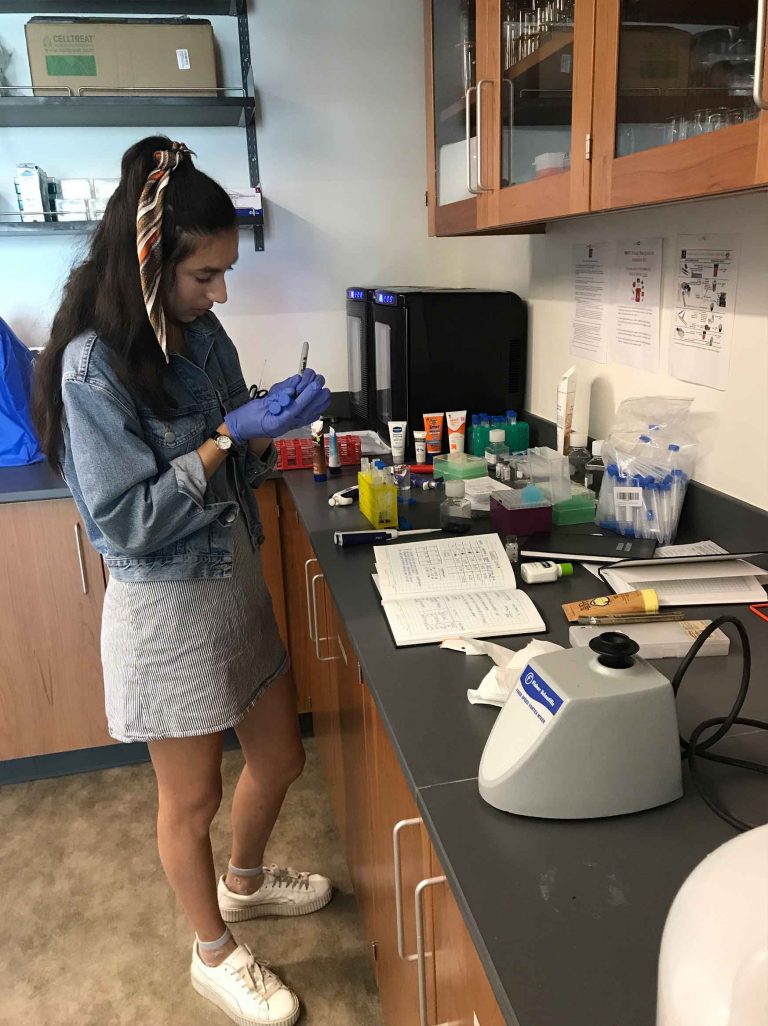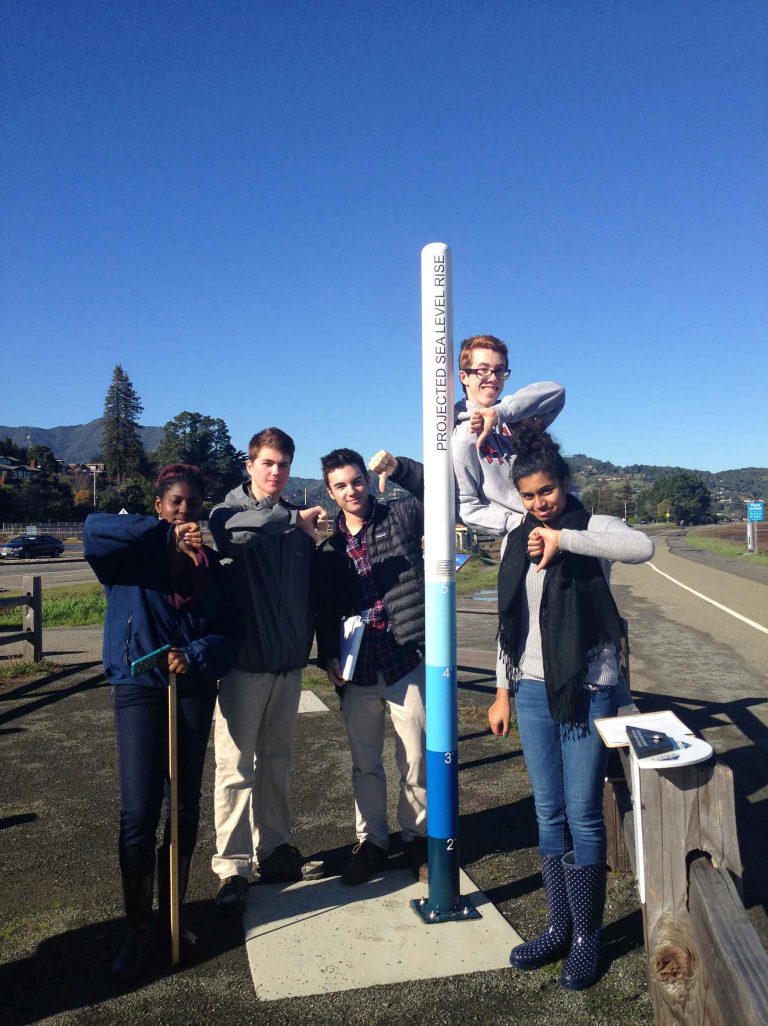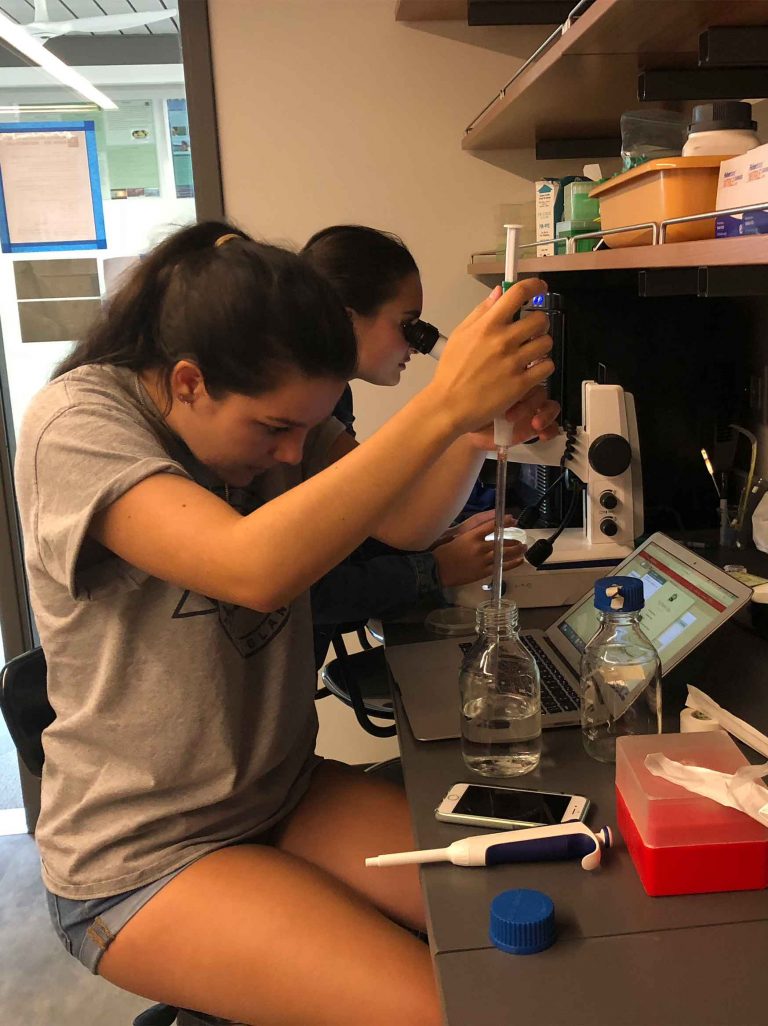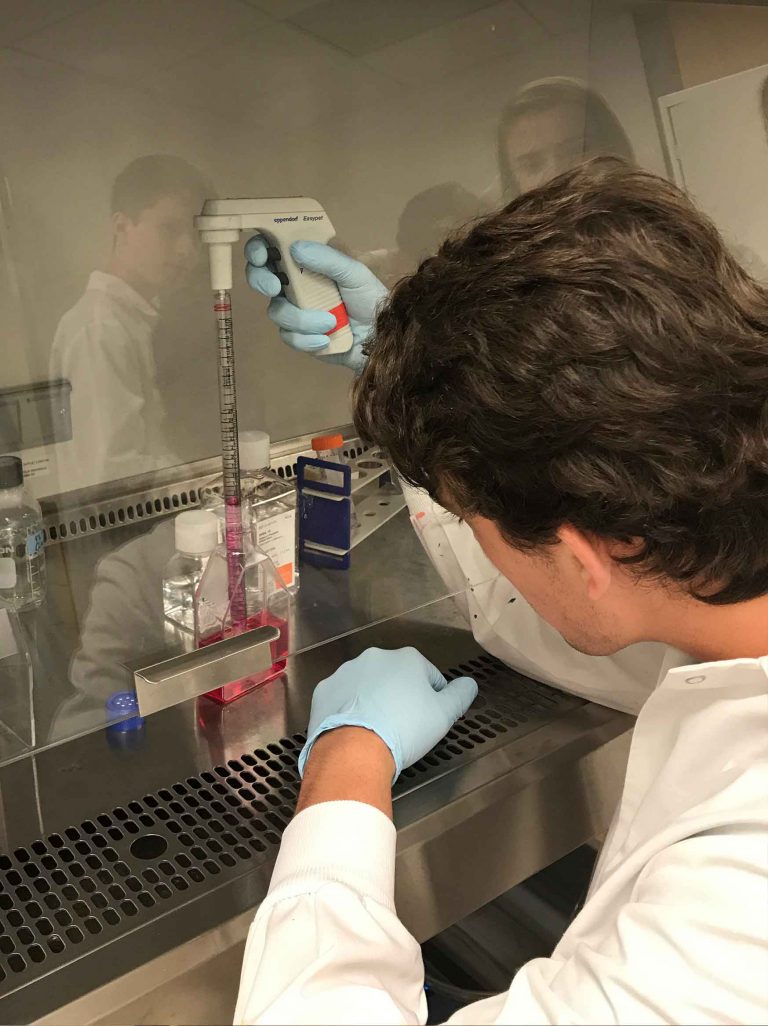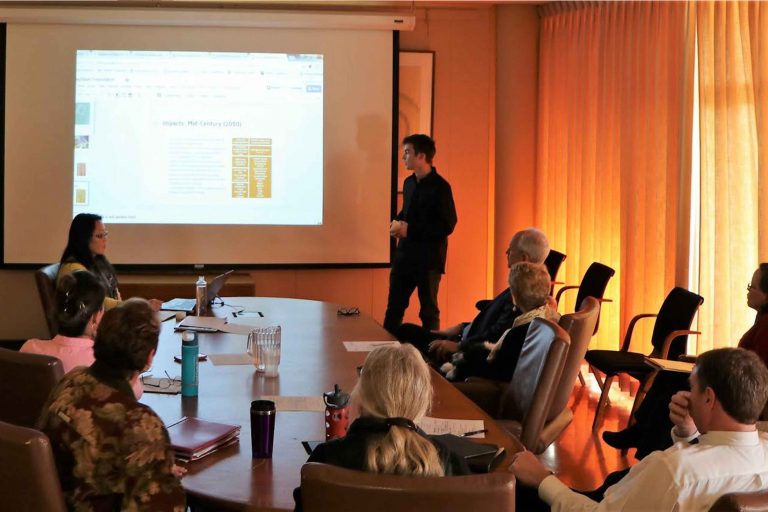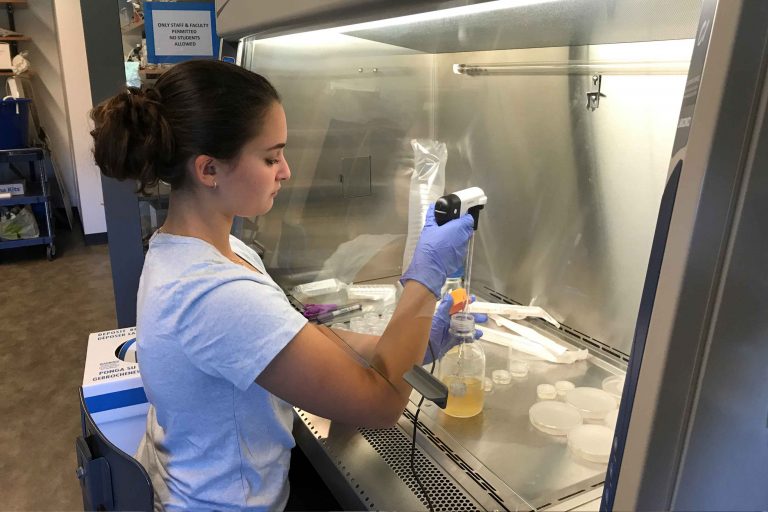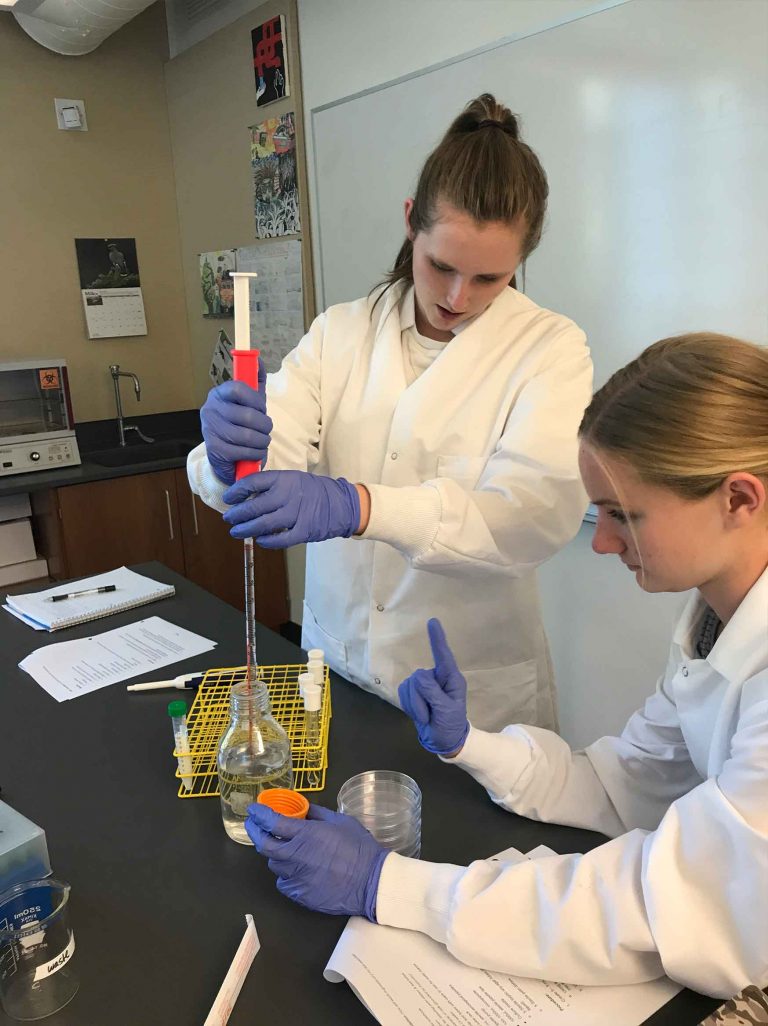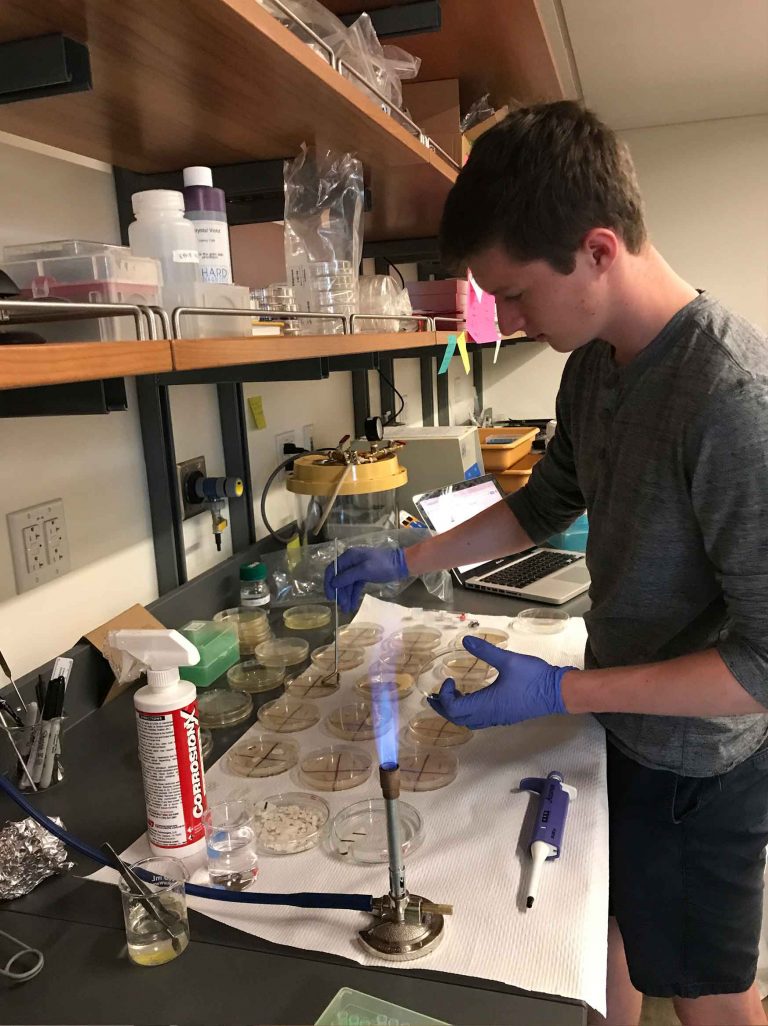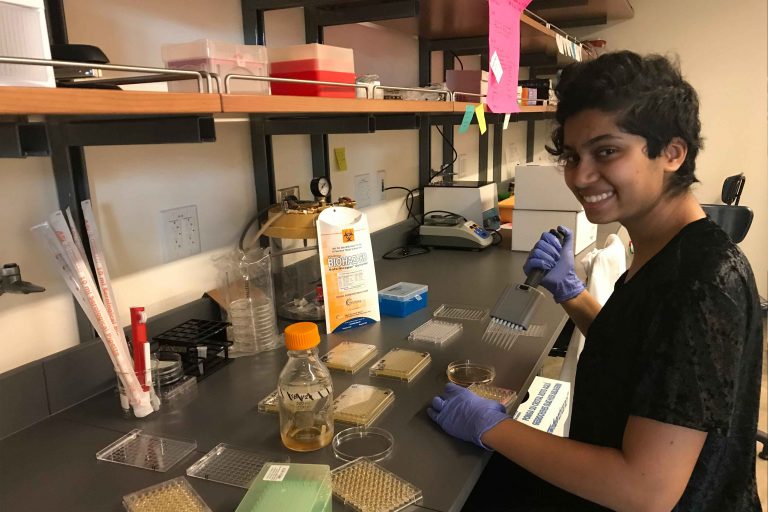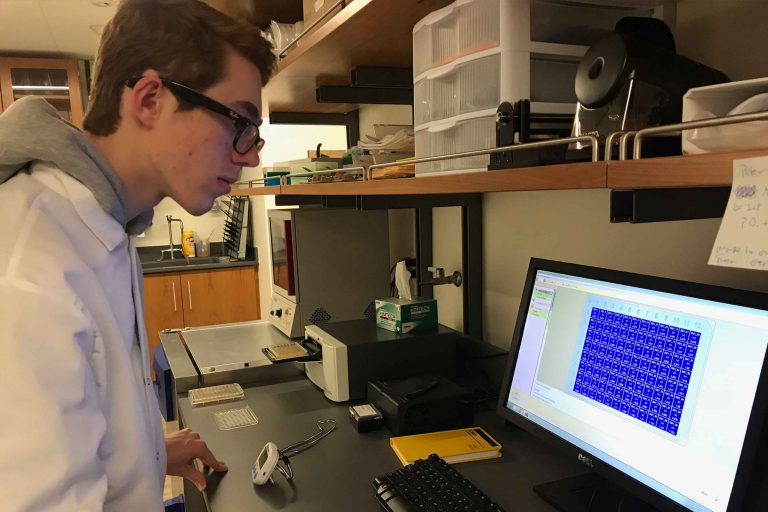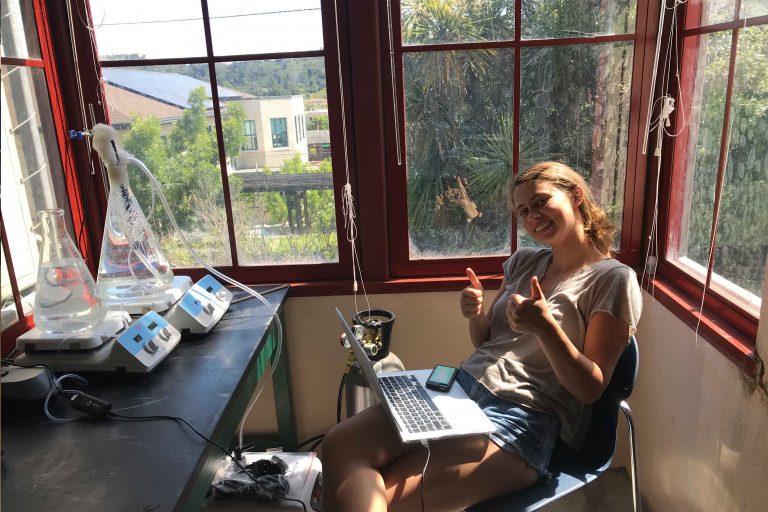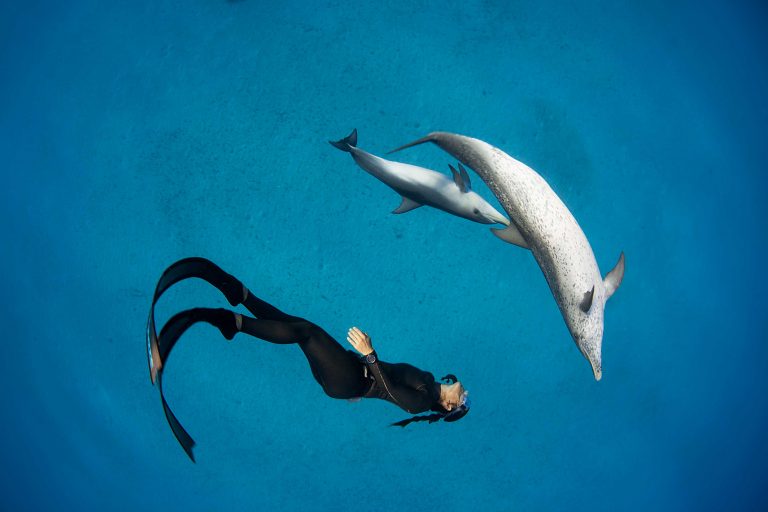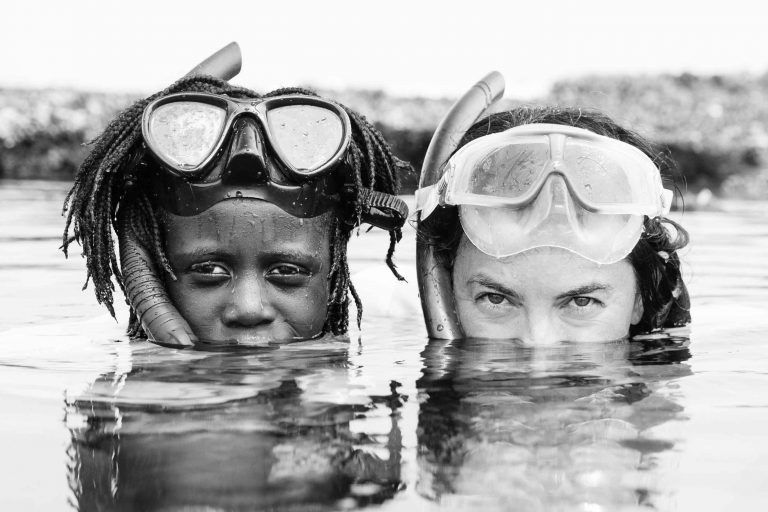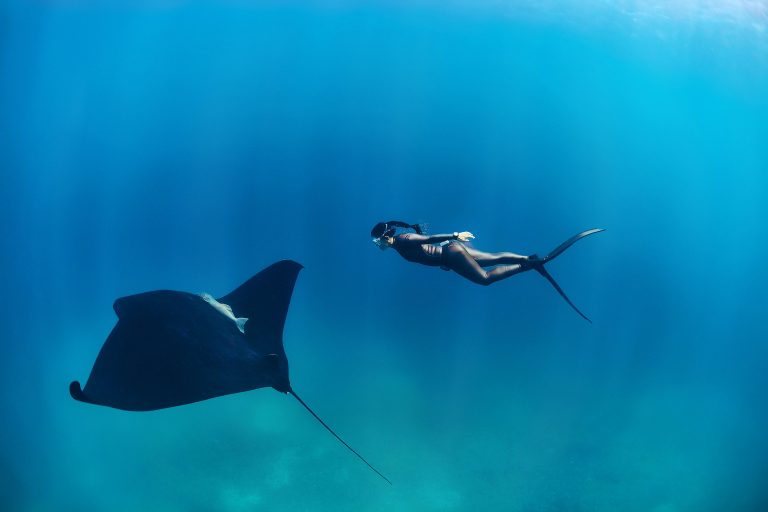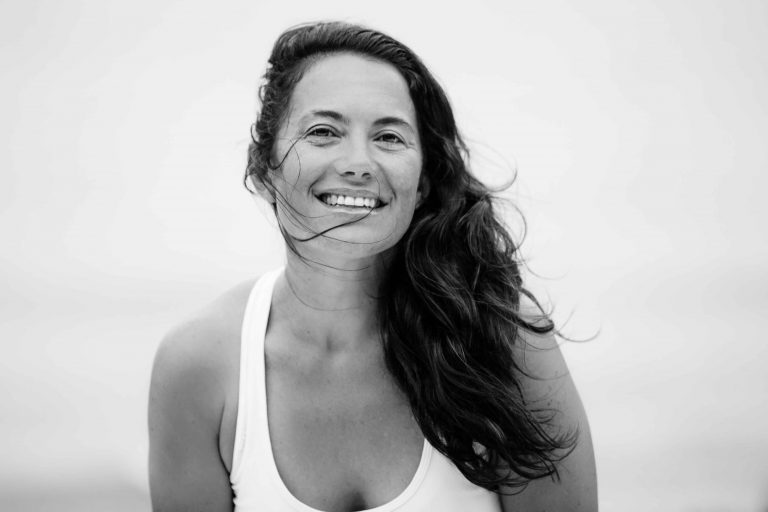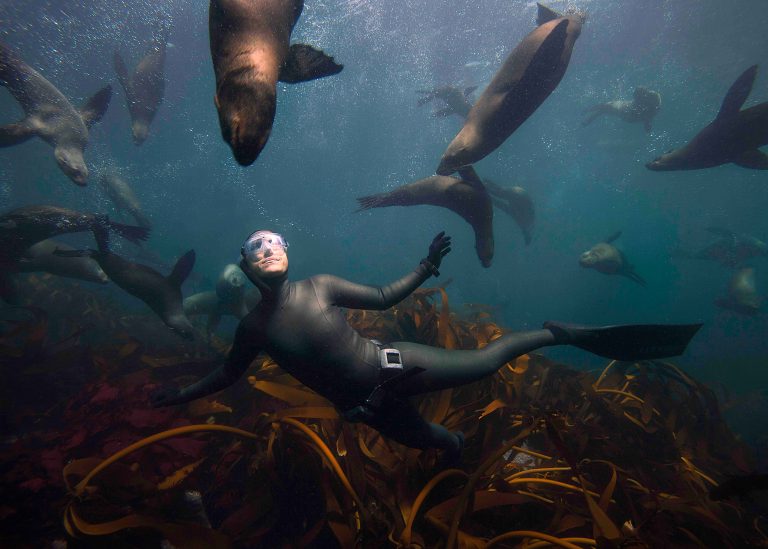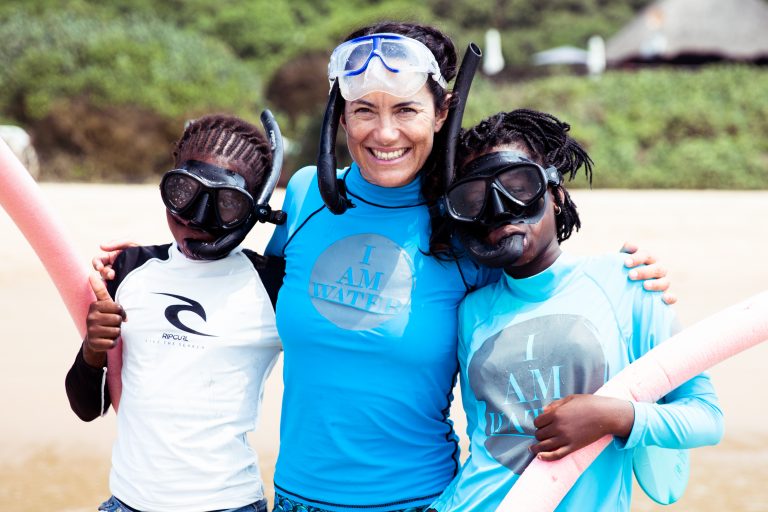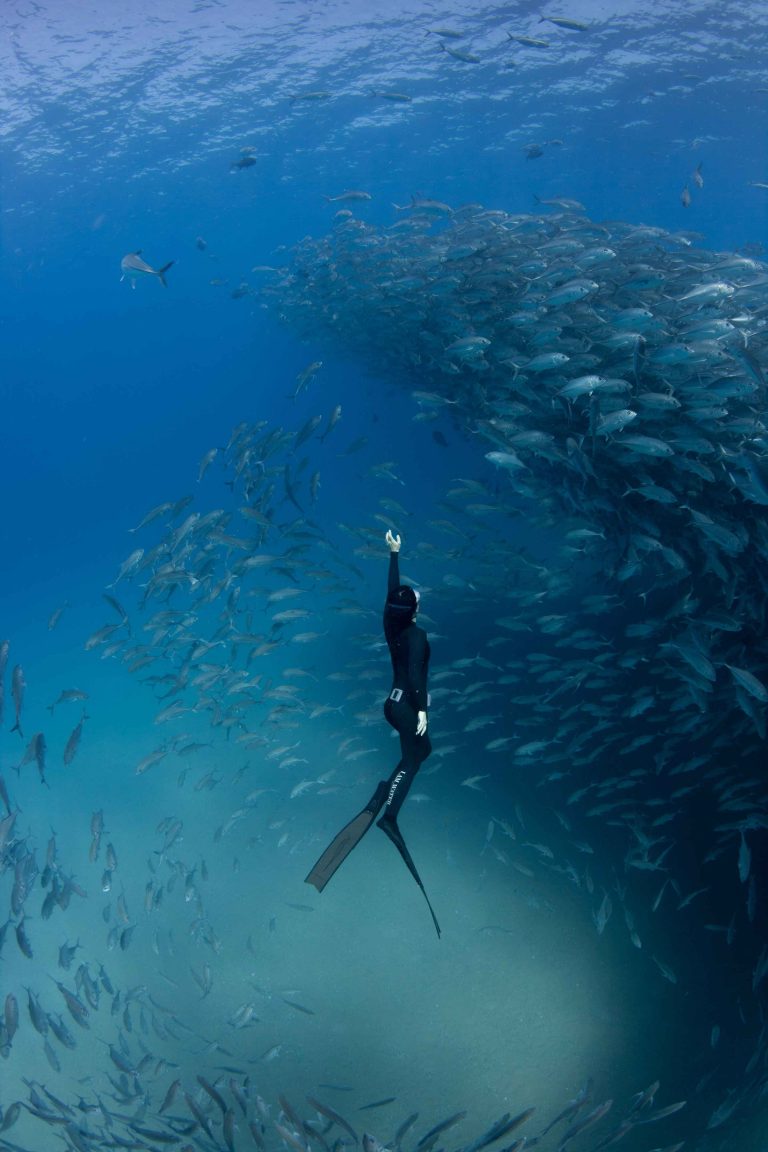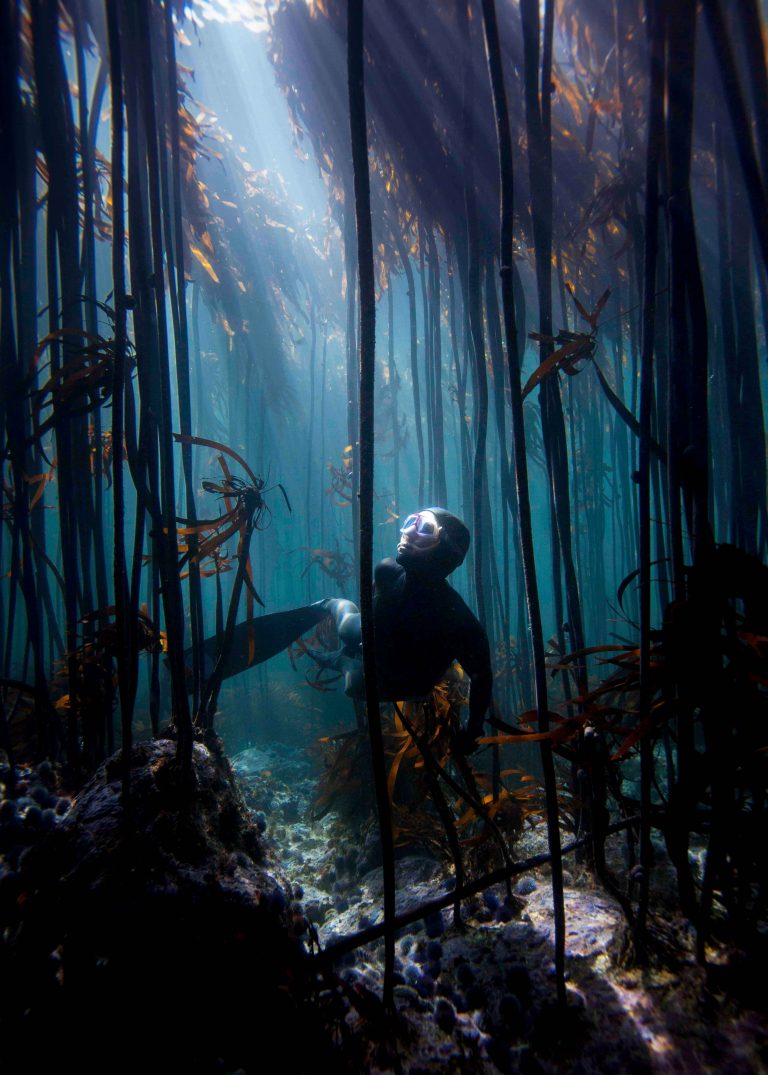OUR COMMITMENT
Nestled at the foot of the Château de Pommard, Simone is a 0.53 hectares plot of remarkable terroir that embodies our ultimate commitment. We plow her soils with horses, prune her vines by hand, gently harvest her grapes, and age her wine up to 30 months in French oak barrels from forests surrounding Burgundy. Simone inspires us to embrace our passions and embrace every season and every vintage with the same spirit and energy.
Inspired by the commitment of women dedicated to important causes around the world, our Propriétaire, Julie Carabello created the Simone Awards. Every January, as we release the new Simone vintage, three women are selected to receive the Simone Award. We celebrate and support the commitment of each Simone Award recipient by donating to their causes 10% of the profits from sales of Simone.
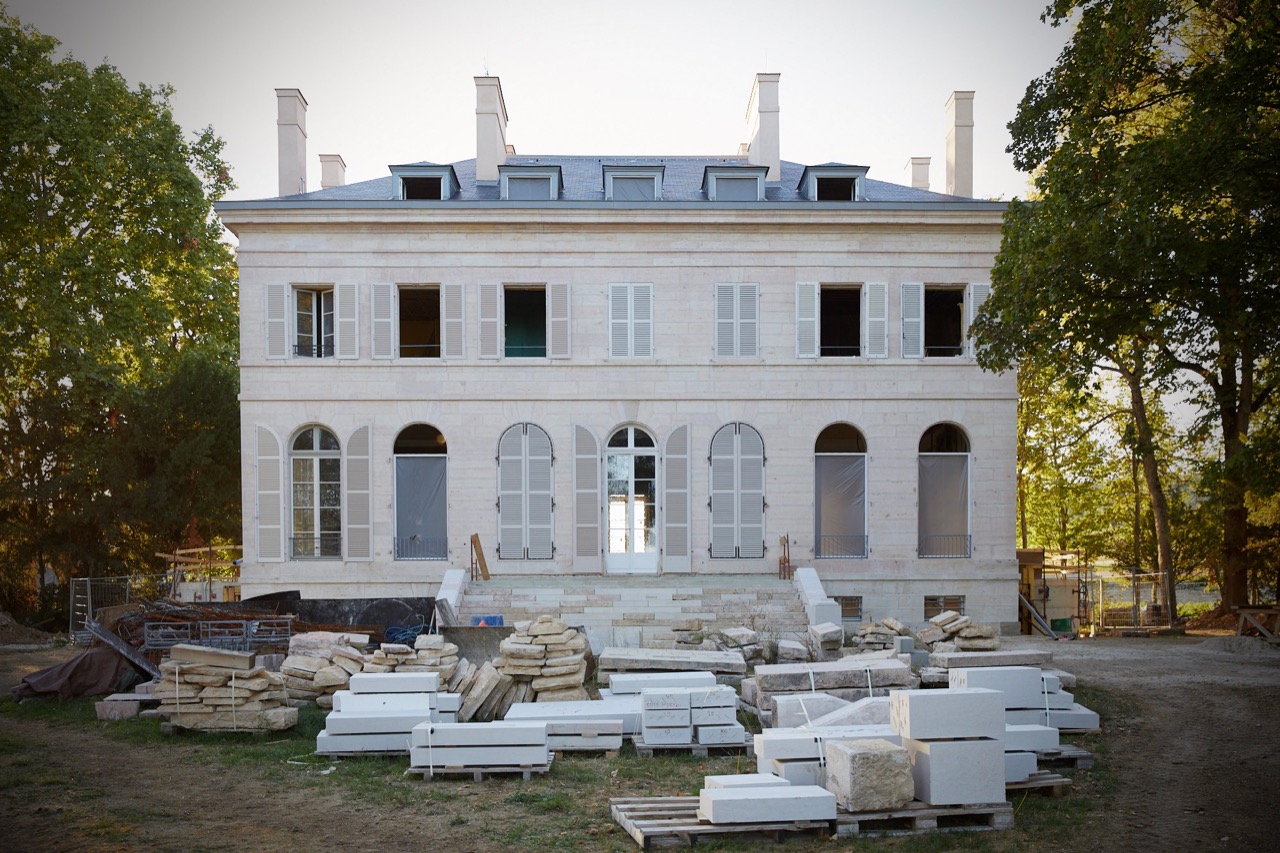
CHÂTEAU MAREY-MONGE
Q&A with Julie
Why did you create the Simone Awards?
In communities all around the world, there are ordinary people doing extraordinary things. We want to shine a light on these individuals; individuals with open minds and open hearts, who are making a real difference. We want to share their stories, recognize and celebrate their commitment. Celebrities, athletes and influential people have a platform and the means to raise awareness for their causes. But for the average person who doesn’t have the podium (or isn’t interested in the spotlight) and is quietly having a real impact, we want to spotlight their contributions and support their efforts.
What does being committed mean to you? Why is it so important?
Being committed means keeping your word, being dedicated and reliable—whether to a cause, a friendship or a healthy lifestyle. Commitment requires strength and courage, it’s not packing up and going home when it gets rough or challenging. Commitment requires resiliency. You fall, you regroup, you get back to it.
You are inspired by committed women around the world. Who are they, and why do they inspire you?
I have great admiration for the three women we’ve selected to receive the Simone Award this year. Hanli, Nathalie and Stori commit to their causes not just because it’s their passion, but because they truly want to have a positive impact on others and the world around them. Popular culture is very often focused on I, Me, Mine (point taken, George Harrison): what’s in it for me, how can I benefit, promote and advance myself? These women are the antithesis of that. I have so much respect for them – for any person – who looks outside of themselves and does things without expecting anything in return. The satisfaction of knowing they are making a difference is enough. Hanli, Nathalie and Stori do what they do without fanfare, recognition, or for Instagram likes; it’s just who they are. That’s inspiring.
What are your passions? What are you committed to?
I have tremendous respect for the artistry and complexity of winemaking; the dedication, the devotion it takes to tend a vineyard, to be a farmer essentially, and at nature’s whim. But Château de Pommard is more than a winery, a vineyard, a wine business – it’s a family of individual terroirs: Simone, Chantrerie, Les Paules, Grand Champ, 75 Rangs, Micault and Émilie that date back to the Benedictine monks who first started buying and planting plots in Burgundy. The clos walls that cross the landscape of the region and enclose the Château de Pommard vineyards were initially devised and constructed by the Cistercians in the 14th century. Following the monks were the powerful Dukes of Burgundy. Thomas Jefferson toured the region. Napoleon visited several times. There is so much fascinating history here, and I feel like our family is now part of what will be history. I suppose we are making history! For my part, I am committed to preserving, restoring, improving, maintaining and caring for a bit of French heritage in Burgundy that is Château de Pommard. It is a massive responsibility: these old vines, two chateaux, the clos walls – they don’t belong to us. They are part of France, always and forever. The vineyards of Burgundy, and all of our Clos Marey-Monge, are now a UNESCO World Heritage Site, and we are the caretakers and the guardians.
You live in San Francisco. How did you come to owning and renovating a French Château?
In 2013, we moved to Paris for a year with our sons. It was something Michael and I had always wanted to do. We thought it would be great for our kids and for us as a family to get out of our comfort zones, broaden our perspectives, and have new experiences. After years of talking about it, the timing was right for us to do it finally. A long term plan was to have a holiday home in France, and we had been looking, mostly in Provence. I envisioned pretty mas in sunny Provence, with robin’s egg blue shutters, lavender in the garden, a little orchard, a place where we could relax, hang out, and invite friends and family to do the same.
One day, we saw a property just outside of Aix-en-Provence called Château de la Gaude. It was a magical place with 18th-century formal gardens, an orangery and chapel, and it was a working wine business. The château and other structures were a wreck, a beautiful wreck with so much potential, but the thought of owning and renovating a property like this was too stressful. Back in Paris, Michael started talking about wanting to have a vineyard, a wine business. I said “Whoa, hold on! We were looking for a holiday home.” His response was, “What am I going to do sitting around in the country?” But, the whole point of having a country home is to relax! “No, I can’t do that, that’s boring, I need to do something, I can’t just relax all day,” he said. It was Château de la Gaude that got him wanting to own and run a vineyard. He was hooked. And true to form, Michael had bigger ideas than making a rosé wine. So, it was bye-bye, relaxing country house. After looking for quite some years, he learned from a friend in Volnay that Château de Pommard might be for sale. It was an opportunity of a lifetime.
Within the clos walls surrounding the 20 hectares of vines are not one, but two châteaux. The Château Marey-Monge was built in 1802 for the home of the prominent Marey-Monge family. Subsequently, two other families owned it but was vacant since 2006 when the former propriétaire, Jean Laplanche, passed away. The larger Château Micault was constructed in 1726 by Vivant Micault, a secretary to Louis Quinze; it was vacant since the early 1900s. Both castles had been ransacked of their most valuable decoration; marble fireplaces, wall panelings, trumeau mirrors, parquet flooring, bathtubs, and chandeliers were stripped and sold off. On the second level, the original parquet flooring was ripped out and the raw wood beams were all that remained, with a mixture of soil and hay holding it all together. What was spared during the French Revolution was pillaged 200 years later. The upper levels were in the same condition and there were swallows flying around and nesting. So when we arrived in 2014, both châteaux were in desperate condition and not habitable, except for swallows. Without any intervention, these structures would have crumbed in 25 to 30 years.
Back in San Francisco, my teenage sons were starting high school, and I didn’t have the time to travel to France and begin a renovation. Michael met with some architects, and again, and said: “Let’s just get started now, I don’t want to wait.” So, for four years, Michael traveled back and forth to Pommard to work on the wine business, oversee the renovation of Château Marey-Monge, and plan the renovation of the entire site. My sons and I spent the summers there. We worked long distance through conference calls and Slack, and we still do.
Is there any piece of it that you want to leave untouched?
Oh, it’s no secret that I would leave almost everything untouched, or try to reuse or refurbish instead of replacing. For the Château Marey-Monge, I didn’t want all the patina of time sandblasted off the facade stones and every crack fixed. I wanted to save the old glass window panes and wood floors. But so much was in disrepair and, in some cases, not safe, that simply refurbishing was not going to hold up over the next 50-plus years. So, where we have needed to replace things, we’ve made sure that we replicated the exact form of the original. Where new stones were installed to replace crumbling ones, we will age the new so that they blend in as much as possible with the old. We did save many old windows for the glass, the window hardware, most of the flooring, and an early 19th-century ceramic heater that was in the dining room of Château Marey-Monge. There are some late 19th-century paintings in the salon, painted directly on canvas applied to the walls. The canvas cannot be removed without the paint cracking and peeling off, so they are protected during the construction along with an original Directoire marble fireplace.
What did you find out about renovating a piece of French heritage?
I discovered that we, as Americans, are often more determined – committed – to save and preserve the past, the patrimony, than anyone. We expected the blue, white and red tape, the approvals required to renovate a listed historical property, even the shorter work week and much longer vacations (compared to the U.S.), but I find myself repeatedly reiterating the importance of saving things. To this day, I am dismayed by what was lost during the initial demolition work we did at Marey-Monge: 1930s sinks and plumbing, vintage Fortuny fabrics that were on the walls, carved woodwork that was not original but still lovely – these were tossed in the trash pile (or maybe sold, we’ll never know). They may not have been very valuable and I probably would not have reused them, but I know that someone would have used them, appreciated them; I would have found a home for these things. In the end though, I take responsibility for this because I wasn’t there when it happened and I wasn’t crystal clear what my expectations were.
This brings me to the most important lesson we learned: you have to be present, on-site, all the time. Michael and I knew this, having done other renovations and construction projects and I certainly experienced this, having worked on interior design projects for clients. But being 6,000 miles away is like being on the moon. It brings a different level of complexity, and it can be impossible to stay on top of the details. Seeing things in person, not just through photos or on video conference calls, is critical – even more so when it involves renovating an important, historical structure. If an electrical outlet is installed in the wrong place that can be fixed. If a worker scrapes off vintage wallpaper or haphazardly deconstructs an original, 200-year-old limestone well (yes, this happened), these mistakes can mean a bit of history is lost forever.
What do you like the most about the project?
I am in love with the Château Marey-Monge itself. I adore it, it’s simplicity, pureness, proportions, symmetry, the beautiful pink Chassagne stone. I love the many windows and their large scale. I love that you can see straight through the front door, through the back door and into the park beyond. It’s a very comfortable size, but the scale of the principal rooms is still grand and unique. Chateau Marey-Monge has an authentic formality that only an old house can possess and it has a grace about it that I so admire. It reminds me of the feel of the Petit Trianon, compared to the grandiose Versailles.
Chateau Marey-Monge was a great beauty that had been worn down by time and lack of proper care. The plumbing and electricity were very poorly installed and ‘upgraded’ over the years, almost DIY. Nothing had been done with quality in the past century. I understand why that was the case, because it costs a small fortune to renovate a building like this for it to last for another century. Previous owners didn’t have the means, and they did the best they could with the resources they had. It’s very satisfying to bring the château back to life (and the park, we haven’t even touched on that!). We are are committed to doing it properly, meticulously, proudly. I am happy to give the Château Marey-Monge the respect it deserves.
How do you see the Château (the place) FIVE years from now?
In five years I see Château Marey-Monge coming to life, welcoming friends and family, enjoying al fresco lunches, dinner parties followed by billiards or a game of cards. When people visit, they are on vacation in France, and so there will be fresh espresso, French teas and croissants for petit déjeuner served in the jardin d’hiver every morning. My vision is for life at Marey-Monge to be reminiscent of the early 19th century when it was built, an era where simple pleasures and pastimes are enjoyed and shared sans screens – music in the salon, reading in the cozy library, conversations over tea, croquet on the lawn during warm summer evenings, even staring into a glowing fire, lost in thought. In five years, I see the park and garden setting its roots, getting comfortable, but it will still be very young. I hope to have a potager and cutting gardens.
The château will always be a work in progress; it will never be “done.” It won’t be furnished all at one time. I won’t acquire something unless I love it. Who knows, maybe in five years we’ll still be serving dinner on a plastic folding table – a crisp linen tablecloth is all we’ll need. I love antiques, not museum-quality pieces, but pieces that are imperfect, that have had a visibly useful life. It takes time – and I want to take the time – to collect and assemble the right things.
2024 SIMONE AWARDS NOMINATIONS
Do you know how it feels to be so dedicated to a cause that it consumes your whole being, your every waking moment, and all of your thoughts, even when the world says you’re crazy? You or someone you know may be our next Simone Awards recipient – maybe your neighbor, your cousin or your friend is among these selfless women committed to making a difference in the world. We are sure that all around the world there are many special women living this definition of commitment. Nominations for the Simone Awards 2024 are now open.


